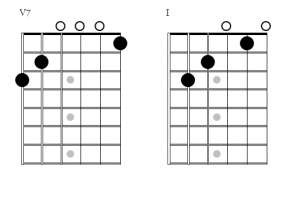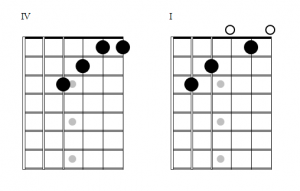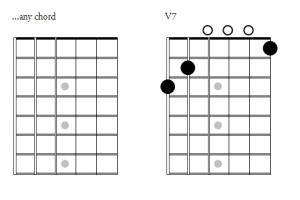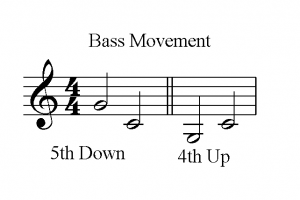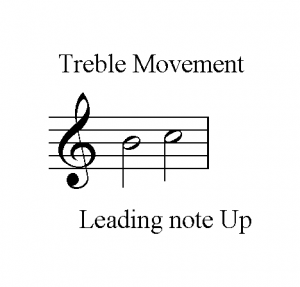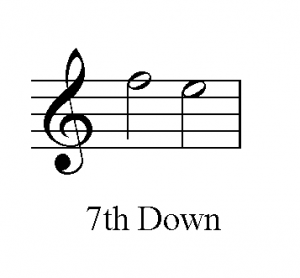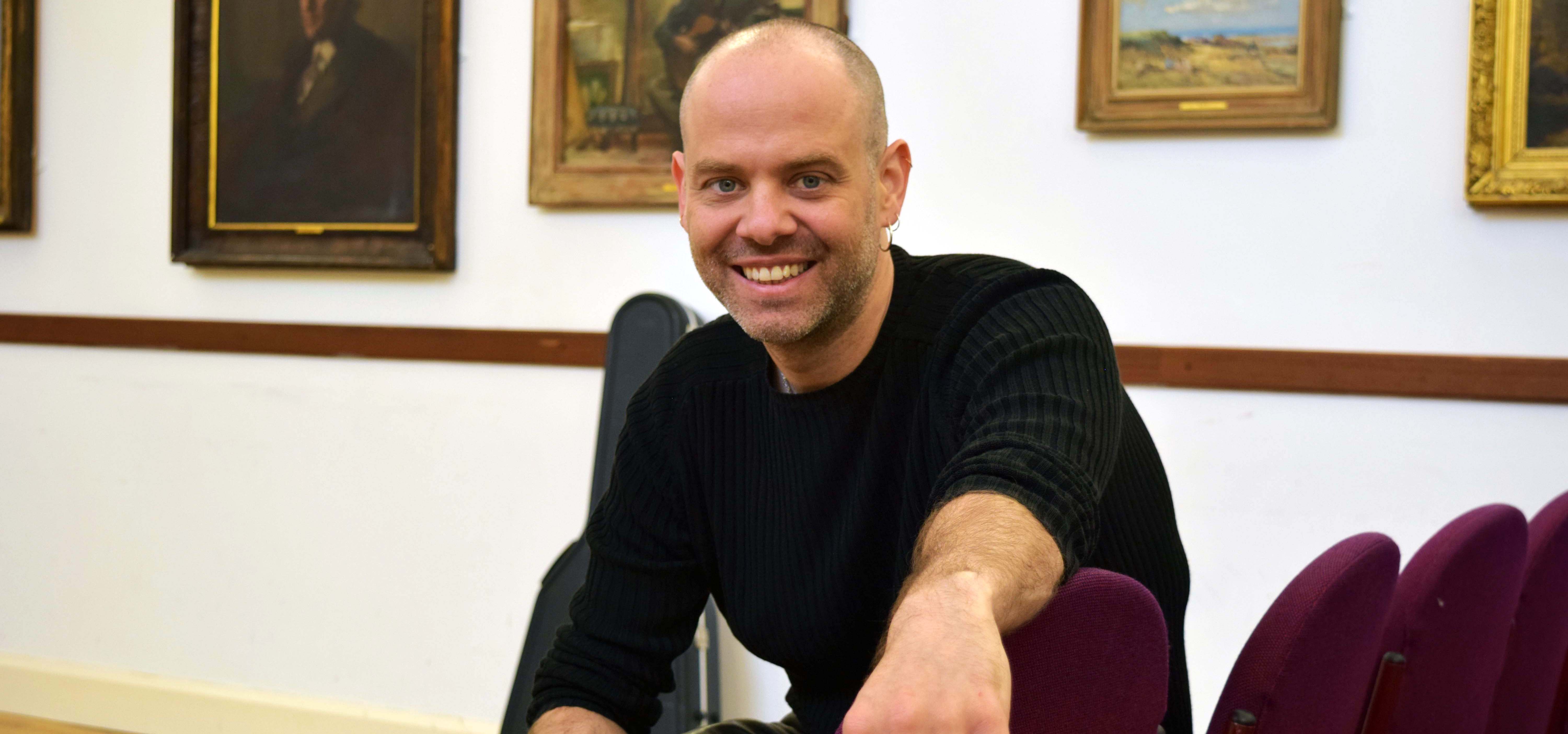
The Art of the Cadence
This short post will introduce voice leading and cadences on the classical guitar; it will focus on effective ways of highlighting the cadence, which will help with creating your own compositions as well as analyzing other pieces from a theoretical and aural perspective.
Grammar
What do pandas and cadences have in common? Grammar! Yes, the dread of any student of Literature. So lets see where a connection between pandas and music resides with the joke below, where due to a basic grammatical error a simple sentence takes on a whole new meaning; chaos and amphibology then take over. See for yourself.
A panda walks into a restaurant, sits down and orders a sandwich. After he finishes eating the sandwich, the panda pulls out a gun and shoots the waiter, and then stands up to go. “Hey!” shouts the manager. “Where are you going? You just shot my waiter and you didn’t pay for your sandwich!”
The panda yells back at the manager, “Hey man, I am a PANDA! Look it up!”
The manager opens his dictionary and sees the following definition for panda: “A tree-dwelling marsupial of Asian origin, characterized by distinct black and white coloring. Eats shoots and leaves.”
…without grammar to structure ideas within a sentence, clarity of communication fails. The same goes for music, it is just our grammar goes by a different name: cadences.
Cadences
What is a cadence? Simply put a cadence is a full stop or comma in a musical sentence. It is normally placed at the end of a musical phrases to help structure a musical thought; it could however also be placed in the middle. The word cadence is derived form the Latin “to fall” which helps clarify what practically occurs in a cadence point, see below musical examples.
There are 4 main types of cadences; they are a:
Perfect Cadence
Sounds final and is categorized as:
V – I
Plagal Cadence
Sounds like a soft end and is categorized as:
IV – I
Imperfect Cadence
Sounds like a pause and is categorized as:
(*) – V
Interrupted Cadence
Sounds unfinished and is categorized as:
V – (*)
Voice Leading
There is actually only three main voice leading formulas to be aware of in any cadence, of course there are a load of exceptions but thankfully we are not covering that here.What we are covering is a simple acronym: B L S.
Formula 1 “B” for bass
In a cadence the bass normally falls a fifth or its reverse rises a fourth.
Formula 2 “L” for leading
The leading note of the scale rises to the octave.
Formula 3 “S” for seventh
The seventh note of the chord (V7) falls to the third, of the I chord.
So lets have a look at those formulas in a few examples. These range from simple to full voices.
Above we have just the bass with either the leading note of the scale or the the fifth of the chord; whilst below we have the full B L S in action in a C major cadence, V7 – I.
Here is another full example in C major just a little higher up the fretboard, the lines show the voice leading directions.
Musical Examples
Play the examples below through and get familiar with the sound of each one. Can you spot and tell what the cadence is doing?
Cadences are hard working “theories” that have an important function; they can be found in all music from the the Baroque period on wards. In fact certain periods utilized particular cadences and formulas more than others, so learning to identify these sounds is very important and will help with aural recognition of any period in classical music.
Coda
This post is a simplified version from part of a course, Intro to Fretboard Harmony, which I run at the beginning of every year within the guitar department of the Royal Welsh College of Music and Drama‘s Junior Conservatoire. It helps clarify and support learning pieces through the practical use of theoretical concepts. It is a great way to make sure that every one is able to converse at the same level in the same language: music.

